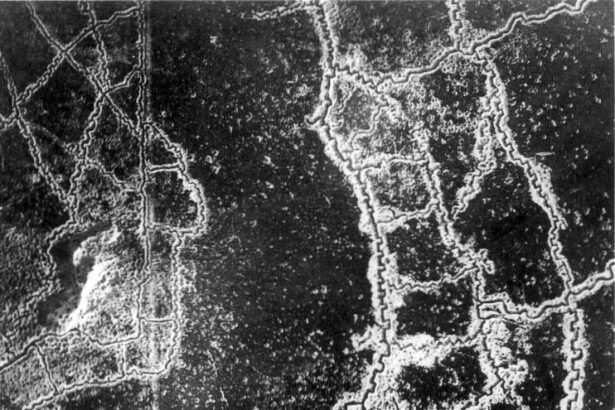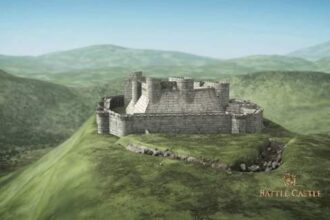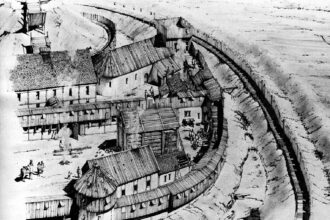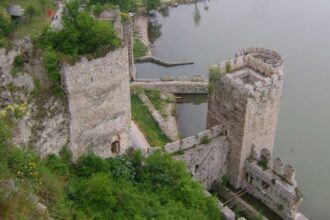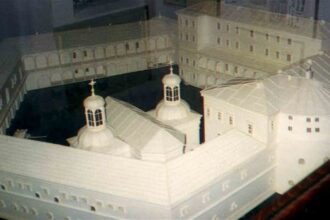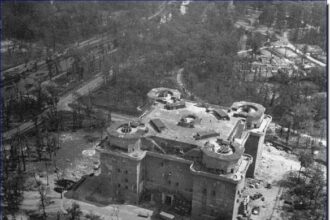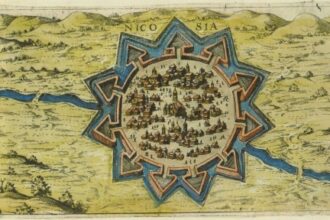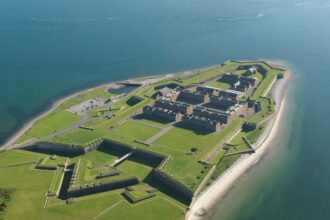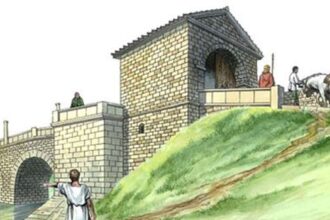Newsletter
Get the latest from Weapons and Warfare right to your inbox.
Follow Us
Explore
Fortification
TRENCH WARFARE, 1915–1917
Aerial view of opposing trench lines between Loos and Hulluch, July 1917. German trenches at the right and bottom, British at the top-left. The trench systems of 1915, 1916 and early 1917 became increasingly sophisticated as time, the lack of any significant advances or withdrawals and lengthy periods of inactivity allowed the soldiers abundant opportunities to improve the environment in…
Most Recent
Golubac Fortress
Golubac consists of three main compounds guarded by 10 towers and 2 portcullises, all connected by fortress walls 2–3 meters thick. In front of the fortress, the forward wall (I) doubled as the outer wall of the moat, which connected to the Danube and was likely filled with water. A…
Berezhany Castle
In 1534, a Polish military commander and politician named Mikołaj Sieniawski decided to build a massive fortress near Berezhany, western Ukraine. Sieniawski wanted to create a place that was impenetrable, so he selected a patch of marshy land that was located on a small island near the Złota Lipa River.…
Flak-Turm
The Zoo flak tower Berliners had been repeatedly told that theirs was the best-defended city in the world. And, for once, Nazi propagandists were telling the unglossed truth: Berlin’s air defences really were state-of-the-art. The centrepiece of the hugely impressive network of defences in the city was the three Berlin…
Renaissance Fortifications
The walls of Nicosia (1567) are a typical example of Italian Renaissance military architecture that survives to this day. At the beginning of the Renaissance, fortifications had to be completely reconsidered as a result of developments in artillery. During the Middle Ages, well-stocked fortresses with a source of potable water…
Fort George
One of the finest examples of European military architecture, Fort George holds a commanding position on the Moray Firth, ideally located to suppress the Highlands. Completed in 1769, the fort was built after the Jacobite risings to discourage further rebellion in the Highlanders, and has remained a military garrison ever…
Fortified Lines
Hadrian’s Wall; Chesters Bridge Abutment Despite the remaining fortifications that surrounded them, the Europeans of the Germanic West had difficulty reaching the level of defensive sophistication of the Roman Empire. Even with the extant physical reminders of the Roman fortified lines, especially Hadrian’s Wall in Britain, they declined to maintain…
Most Popular
Flak towers: then and now
The construction of Flaktürme (Flak towers) in major cities began in response to the first…
Features of an Atlantic Wall Bunker
Features of an Atlantic Wall Bunker The bunker was primarily an instrument of defence. For…
Japanese Siege Weapons
Early Fortifications Although fortifications were constructed in Japan prior to the feudal period, frequent conflicts…
Ancient Egyptian Fortresses
Buhen This was a site between the second and first cataract of the Nile near…
